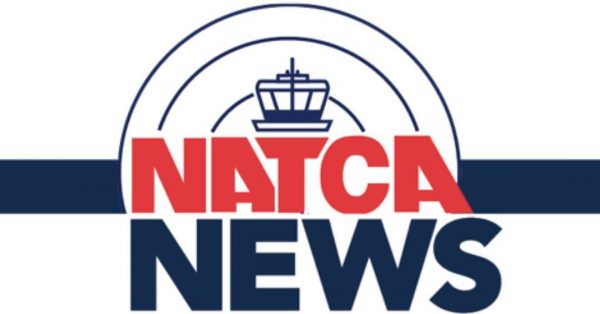
NATCA Thanks Congress for Extending FAA Authorization, Avoiding End of Year Shutdown
The National Air Traffic Controllers Association (NATCA) thanks Congress for passing an extension to the Federal Aviation Administration’s (FAA) authorization preventing a painful and costly shutdown at the end of the year. NATCA stands ready to work with Congress to pass a long-term FAA reauthorization bill that addresses the decade-long staffing shortage of air traffic controllers, updates FAA’s technology, and prepares the agency for the integration of new users into the system while maintaining and improving the safest, most efficient airspace in the world for the current users of the National Airspace System (NAS). NATCA supports both the House of Representatives passed bill and the bill introduced in the Senate, because both bills address these significant needs.
Both bills take steps to ensure that FAA revises its annual Controller Workforce Plan (CWP) by requiring adoption of the Collaborative Resources Workgroup (CRWG) Certified Professional Controller (CPC) staffing targets jointly developed by the FAA’s Air Traffic Organization and NATCA and verified and validated by the MITRE Corporation. Only after FAA adopts the CRWG targets as the basis for the CWP will Congress and the aviation industry have a complete and accurate understanding of the condition of air traffic controller staffing and the requirements of the NAS.
The Senate bill will ensure that the FAA acquire and implement mobile tower simulator systems (TSS) at each air traffic control tower that does not have an existing permanent TSS. These systems don’t replace on-the-job-training (OJT) with live traffic, but they do serve as an important supplement. TSS have been shown to reduce overall OJT time by 27% (nearly 6 months on average) for tower controllers, while also improving the success rate for controllers who need specific simulator help with one skill area or another.
The Senate bill would expand FAA Academy capacity, reducing the training bottleneck at the existing Academy, and helping deliver more qualified trainees to facilities where they can begin OJTI.
The House bill also requires the FAA to conduct maximum hiring of air traffic controller trainees throughout the duration of the bill, a critical requirement, because FAA has historically reduced its hiring targets year-after-year based on its flawed, finance-based model. We are hopeful that the Senate also will be able to achieve agreement on the inclusion of this requirement. A stand-alone bill on this topic (S. 2839) has strong bi-partisan support.
Those policies, as part of a collaborative, comprehensive hiring and training plan to address this crisis, finally will put the FAA on a path to appropriate controller staffing levels.
NATCA will continue to advocate for Congress to pass a multi-year FAA reauthorization.
FOR MORE INFORMATION:
Galen Munroe, Deputy Director of Public Affairs; 202-220-9802, [email protected].
###
The National Air Traffic Controllers Association (NATCA) is a labor union and aviation safety organization in the United States that represents nearly 20,000 highly skilled air traffic controllers, engineers, and other aviation safety-related professionals. NATCA was certified in 1987 by the Federal Labor Relations Authority to be the exclusive bargaining representative for air traffic controllers employed by the Federal Aviation Administration. Today, NATCA is one of the strongest labor unions in the federal sector and represents a range of aviation safety professionals in 15 FAA bargaining units, five Department of Defense air traffic facilities, and 123 federal contract towers. These air traffic controllers and other aviation safety professionals make vital contributions to the U.S. economy and make modern life possible by coordinating the safe, orderly, and expeditious movement of one billion aviation passengers and millions of tons of freight within the National Airspace System each year. NATCA is headquartered in Washington, D.C., and is affiliated with the AFL-CIO.

